Reporter: Manuela Vega: the early shift
Manuela Vega, ‘21, is a reporter (external link) at the Toronto’s Star’s Express Desk and a writer for the First Up Newsletter. (external link) She has also worked on the Toronto Star audience team and was a breaking news reporter in the radio room. In her work, Vega has explored a range of topics including housing, politics, real estate and climate change with extensive reporting on the recent rise of violence on the TTC (external link) .

(Photo courtesy of Toronto Star)
3:30 a.m. - 3:50 a.m.: Wake up
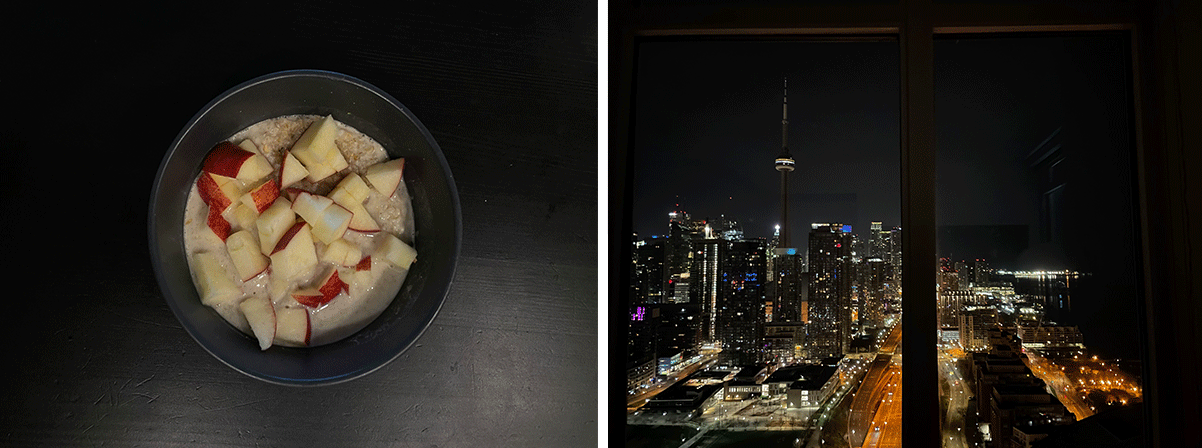
(Photo courtesy of Manuela Vega)
Around this time, I wake up and start my day. I do my morning routine basics, and maybe make some breakfast: oatmeal or toast.
4:00 a.m.: Start my shift
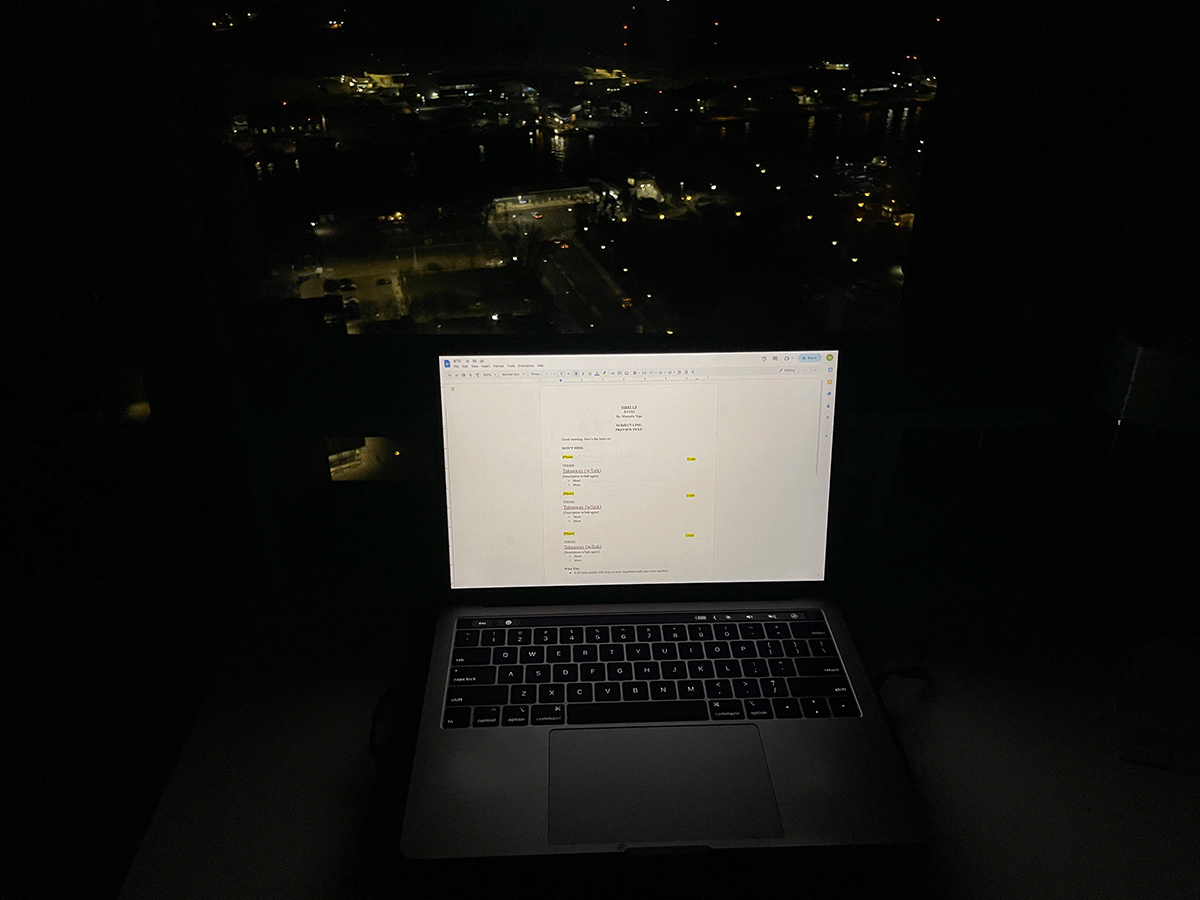
(Photo courtesy of Manuela Vega)
At 4 a.m. I open up my laptop and start working on the First Up newsletter, which goes out in a few hours. I start writing up my copy so that it can be edited and sent out.
5:20 a.m.: Copy edits and test newsletter
Around 5:20 a.m., my editor signs on and joins the Google Doc where I’m working to make copy edits. She also puts my words into the backend. Then she sends me a test email of the newsletter where I can basically see everything that I've written, the photos she has added, and, edits that were made. At this point, I am combing through the newsletter and making sure that everything is factually correct and written properly, that nothing is out of place style-wise and that all hyperlinks are correct.
7:00 a.m.: Newsletter goes out (via email)
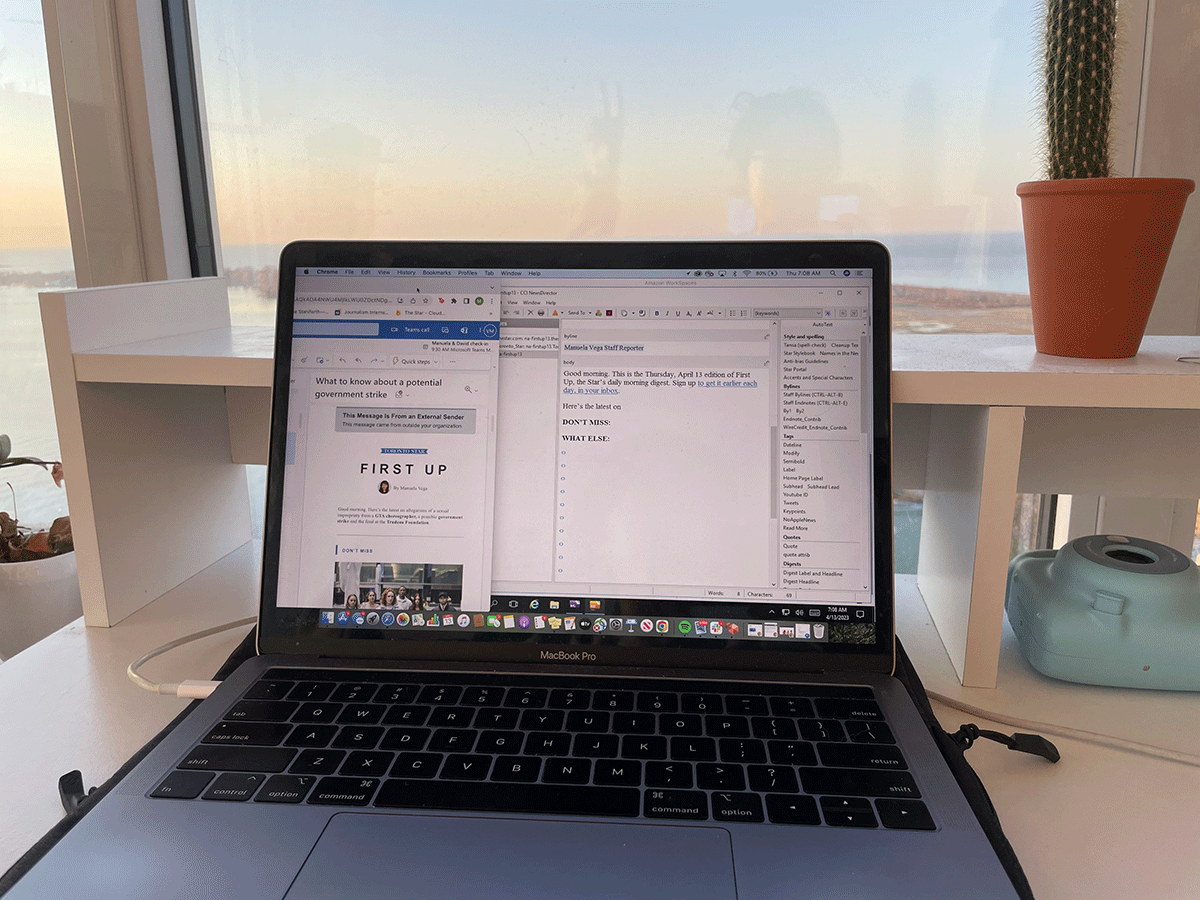
(Photo courtesy of Manuela Vega)
At around this time, the newsletter is sent out via email to First Up subscribers.
The Star team has decided to also put a web version of the newsletter on thestar.com every morning, Monday to Friday, to expand our audience and encourage people to read the featured stories. To do this, I copy and paste all the newsletter text into the backend, add a headline and abstract, upload photos and format everything.
Once it is published online, a blue banner hyperlinked to the newsletter goes up at the top of the website until around 10 a.m. People who have The Star’s app also receive a notification.
7:30 a.m.: Express desk

(Photo courtesy of Canva)
This is where I sign into my other role, reporter at the Express Desk. For the next half-hour I work on an existing story, brainstorm story pitches or finalize edits on stories from the day before.
8:00 a.m.: Editors sign on
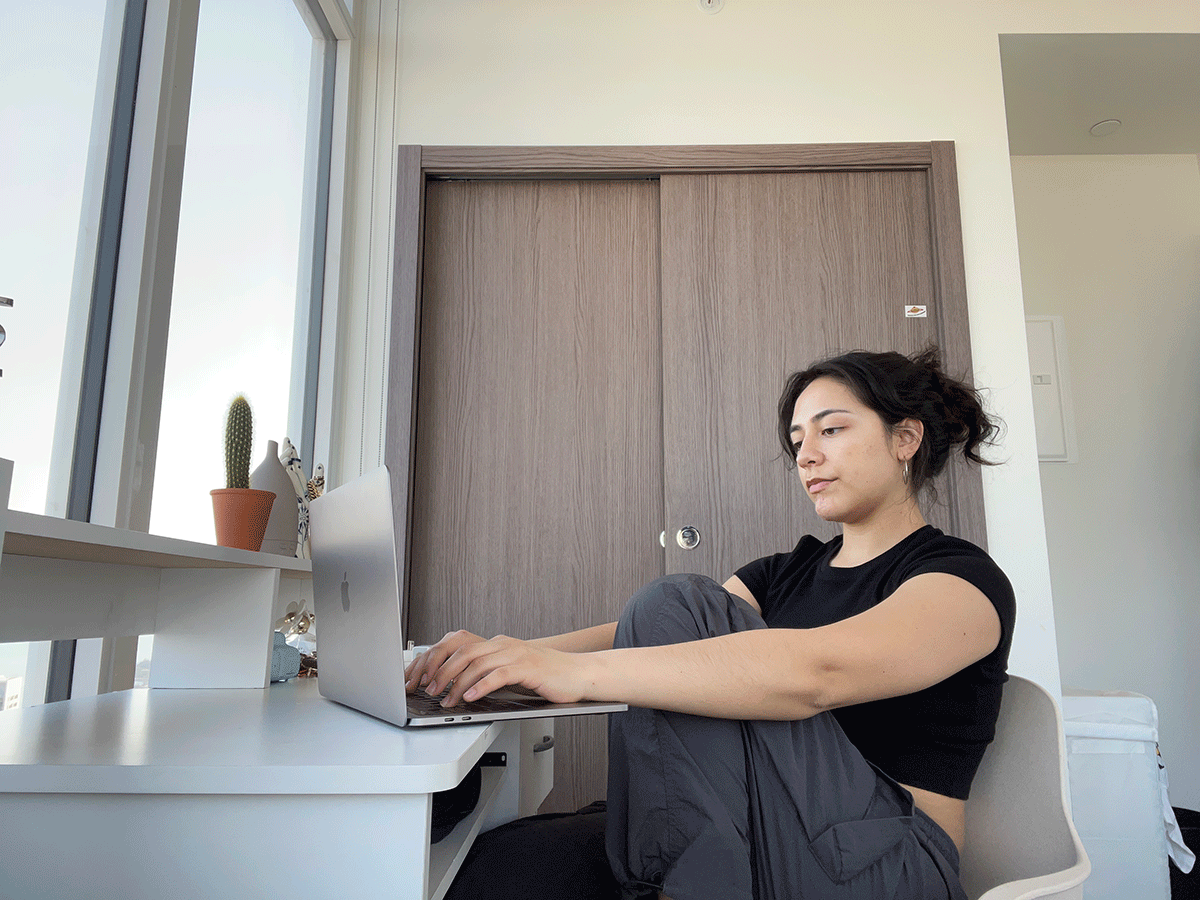
(Photo courtesy of Manuela Vega)
Now, I start to work with my editor on my stories. I typically work on one, but sometimes two or three.
She might approve a pitch, give me an assignment, or both. Express Desk stories are not like traditional or feature stories, which usually have three or more interviews; many of them only require one — like an expert opinion. For example, I did a story recently on daylight savings (external link) and I spoke to a sleep expert about how people can adjust to the time and sleep better. Several Express Desk stories also build off of content we already have on our website. For instance, a couple of weeks ago, I wrote a timeline of TTC violence (external link) over the last year and how the city, TTC and police have responded. For this, I didn't have to do any original reporting, and instead I used all the articles that we've published over the last year to create that. These are stories I can turn around in under one to three hours.
10:30 a.m.: Final edits and story updates

(Photo courtesy of Canva)
Ideally, I am finished writing my last story of the day by this time so that I can send it to my editor, and she can send me edits back. I either approve all of the edits or suggest a change. We speak about any tweaks we want to make and finalize them.
11:00 a.m.: Sign off
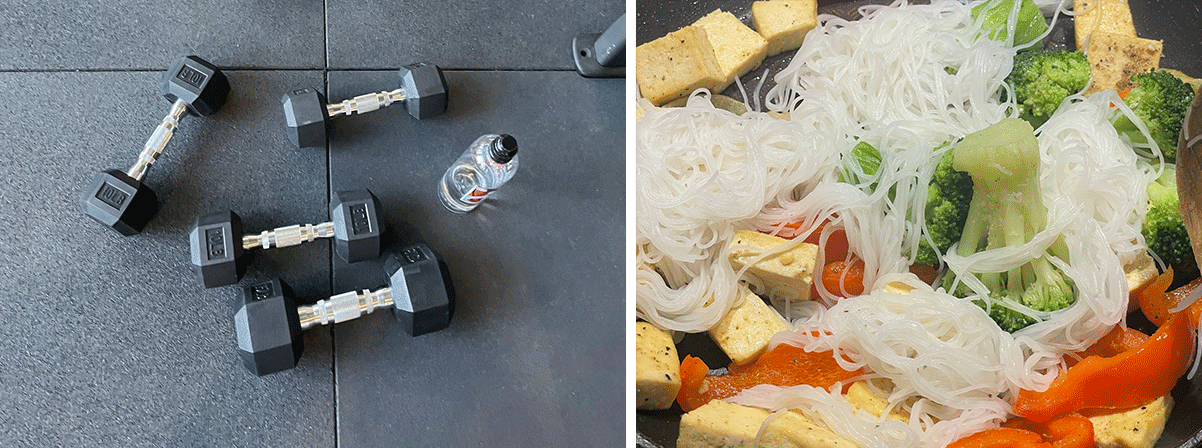
(Photo courtesy of Manuela Vega)
At the end of my shift, I update my editor and colleagues by letting them know what stories I’ve published, what is being edited and what I will continue working on in the days to come .
I then sign off and make lunch. Later, I like to get some physical activity,, so I might go for a walk — especially if it’s sunny out — or go to the gym or pool. In the evening, I like to play guitar, read or journal.
I usually go to bed pretty early; depending on the day, it can be anywhere between 8 p.m. and 10 p.m.
This interview has been edited for length and clarity.
